In northern Ohio, where the legendary Paul Brown began his football career and founded the NFL’s Cleveland Browns franchise, they take the sport seriously. So, when it came time for the school to upgrade the sound system at its Paul Brown Tiger Stadium, the stakes were high.
The school invited multiple firms to participate in a loudspeaker shootout. Cleveland’s NPi Audio Visual Solutions won the job with its demo of the new Electro-Voice MTS point-source loudspeaker system.
Driven by Dynacord IPX10:4 amplifiers, the very high output (up to 155 dB peak) and long throw of the MTS loudspeakers, combined with their tight and even dispersion, enabled NPi’s three-zone design to deliver both the control and the intelligibility the venue was seeking.
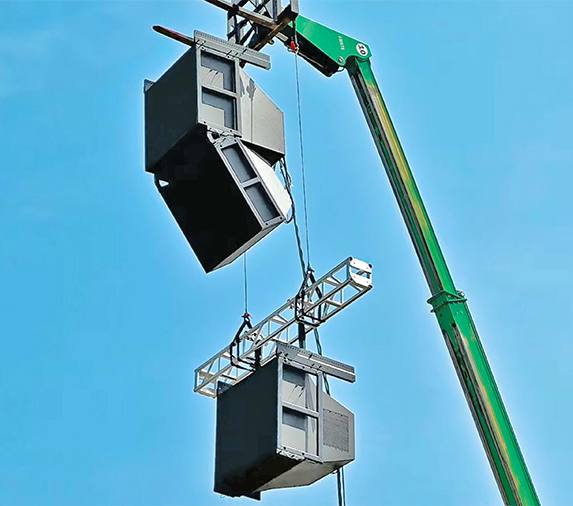
Dave Goff, the stadium’s Press Box & Media Manager, was project manager for the school. “This was a three-way challenge for us,” he notes. “The home stands feature an extended roof line that creates intelligibility issues, while the visitor stands require only direct sound.
In addition, the team wants the sound on the field to be loud pregame and halftime to pump them up, but we want levels in the stands to be conversational. NPi addressed all these issues effectively with the EV MTS system.”
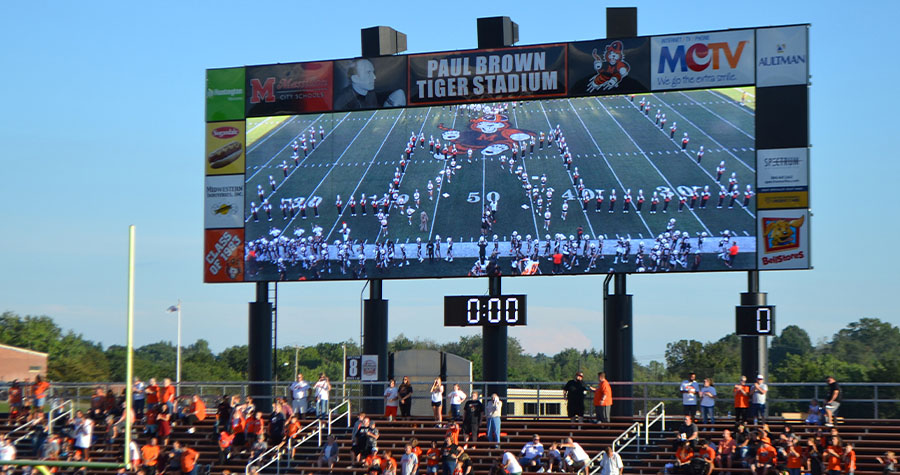
Designed specifically for large-scale applications, the MTS series uses innovative technology to provide a true point-source experience that is perfect for stadiums. By combining four 15” woofers with dual coaxial mid/high compression drivers via a single waveguide, MTS boasts cohesive output with strong bass response.
The cardioid version used at Paul Brown Tiger Stadium adds two more woofers for low-frequency directional control, creating a tight 40 x 30-degree dispersion that reduces unwanted spill.
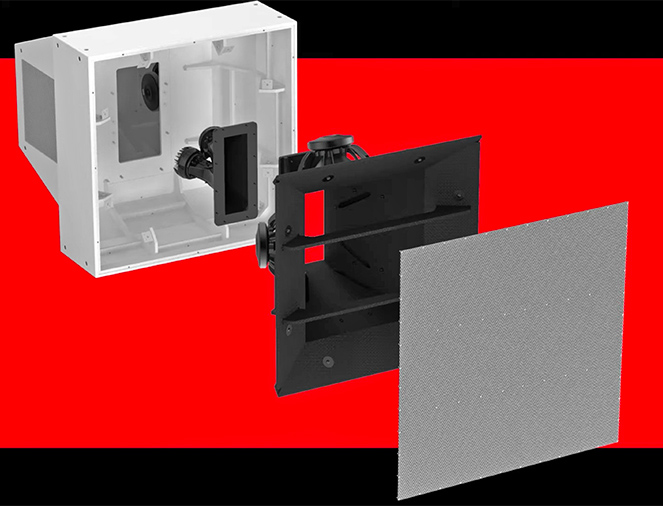
At Paul Brown Tiger Stadium, three MTS-6154-43 boxes are secured by custom-designed platforms atop the video scoreboard, with the outside units angled toward the grandstands.
This creates separate, controlled audio zones for on-field sound as well as the home and visitor grandstands.
NPi Director of Sales Sam Avellone designed the system and Jason Brown managed the project, proudly noting that Paul Brown Tiger Stadium was the first major installation of MTS in the U.S.
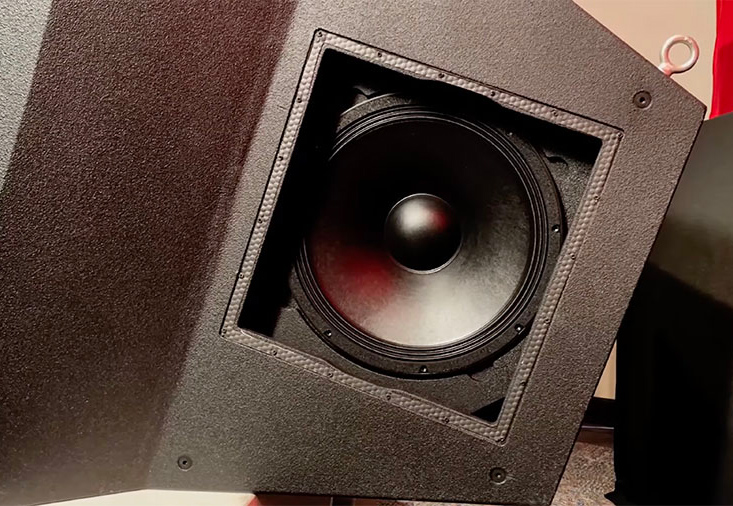
“We worked with EASE models and our EV rep, Jason Jacquemain, to finalize the design. Jason was also instrumental in scheduling the MTS demo at the stadium,” Avellone says.
“What I love about MTS is getting both an effective point-source system and the ability to direct and control the sound. When we did the demo, using just one MTS speaker, it was stunning
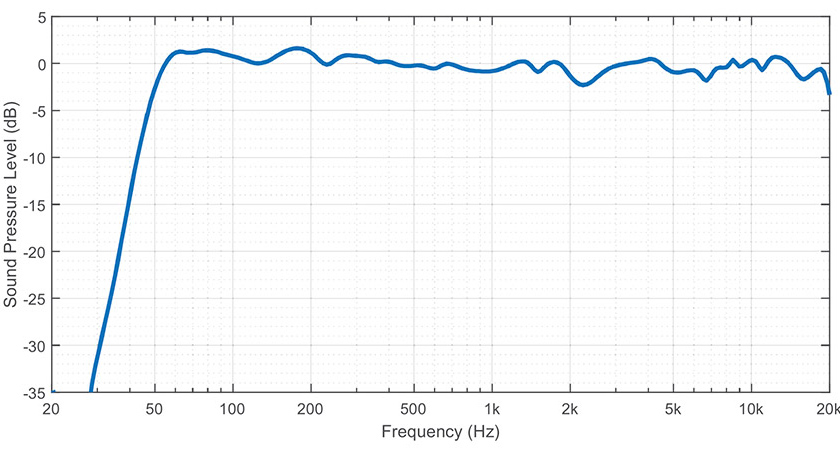
We walked the whole stadium, top to bottom, and were blown away by the coverage and clarity. And of course, the final installation is even better. We’re very proud of it.”
The MTS loudspeakers at Paul Brown Tiger Stadium are fully weatherized (partially weatherized versions are also available) and all MTS models are IP55-certified for protection against dust and water ingress. Each of the three boxes is powered by one Dynacord IPX10:4 amplifier.
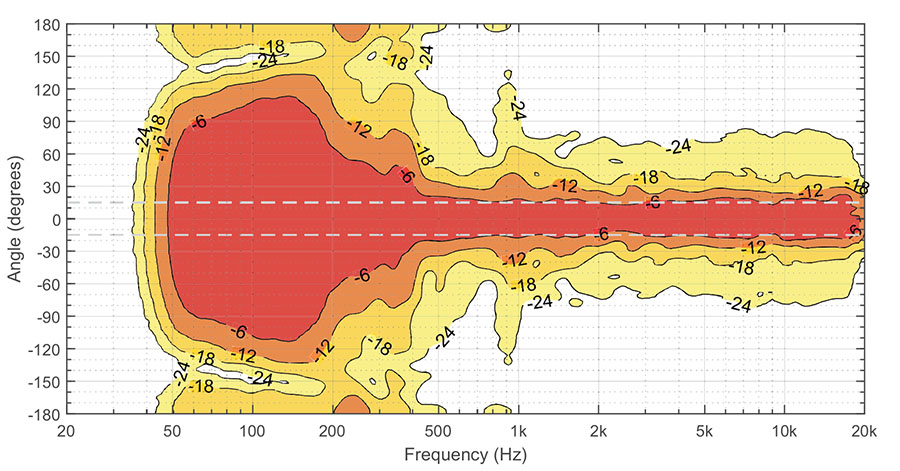
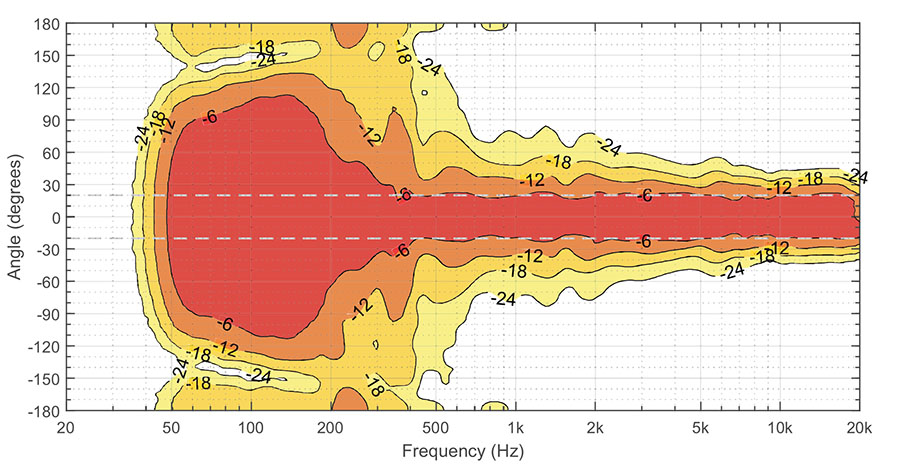
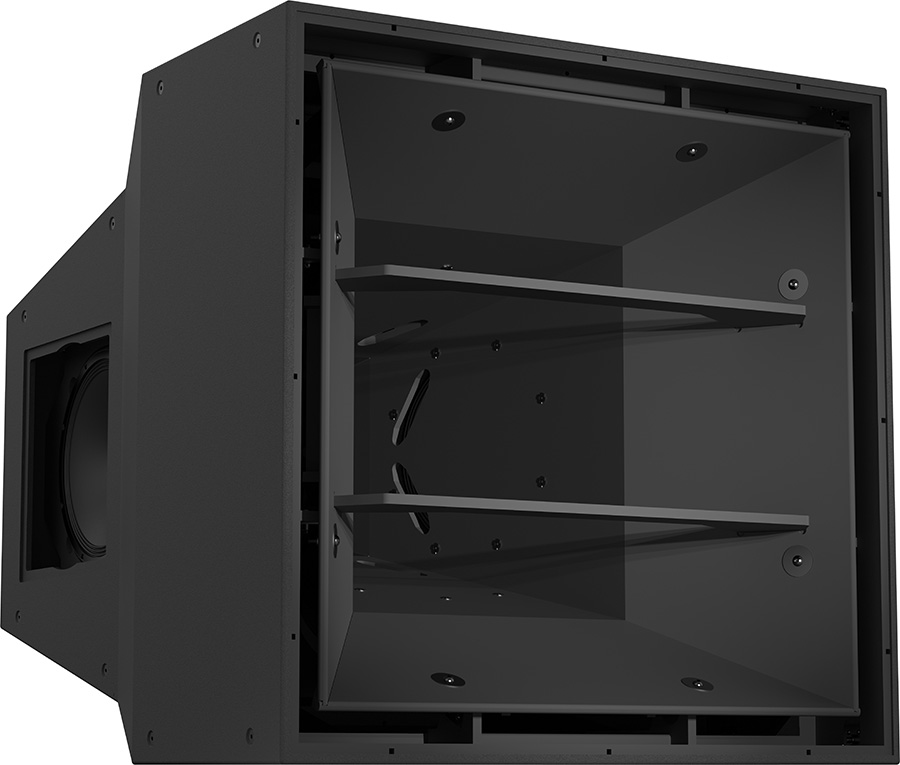
Equipped with OMNEO IP networking architecture enabling Dante and OCA/AES70, IPX models feature 96 kHz high-resolution DSP with ultra-low latency and a superior signal-to-noise ratio, along with unique technologies for energy efficiency and system protection.
The amplifier rack is neatly housed in a converted ticket booth, allowing the system to work with the Q-SYS front end in the press box as part of the stadium’s Dante network.
To ensure proper operation of the system, NPi provided a simple tablet interface that allows the stadium’s AV team to deliver clear, full-range audio at the appropriate volume level to all three audio zones. “It’s a night-and-day difference from our old system,” says David Wagner, Scoreboard Operations Manager.
“What amazed me was the system’s ability to control levels while actually improving clarity in our home stands, especially under the roof. This new EV system really makes the fan experience more enjoyable, which was really the whole point.”
Equipment list:
– 3x Electro-Voice MTS-6154-43-CFWB point-source loudspeaker systems with cardioid woofers, fully weatherized, in black
– 3x Dynacord IPX10:4 DSP power amplifier, 4 x 2500 W
For more information on this installation and the products deployed with:
– The Massillon Tigers website
– The NPIAV website
– The Electro Voice website
– The Dynacord website








